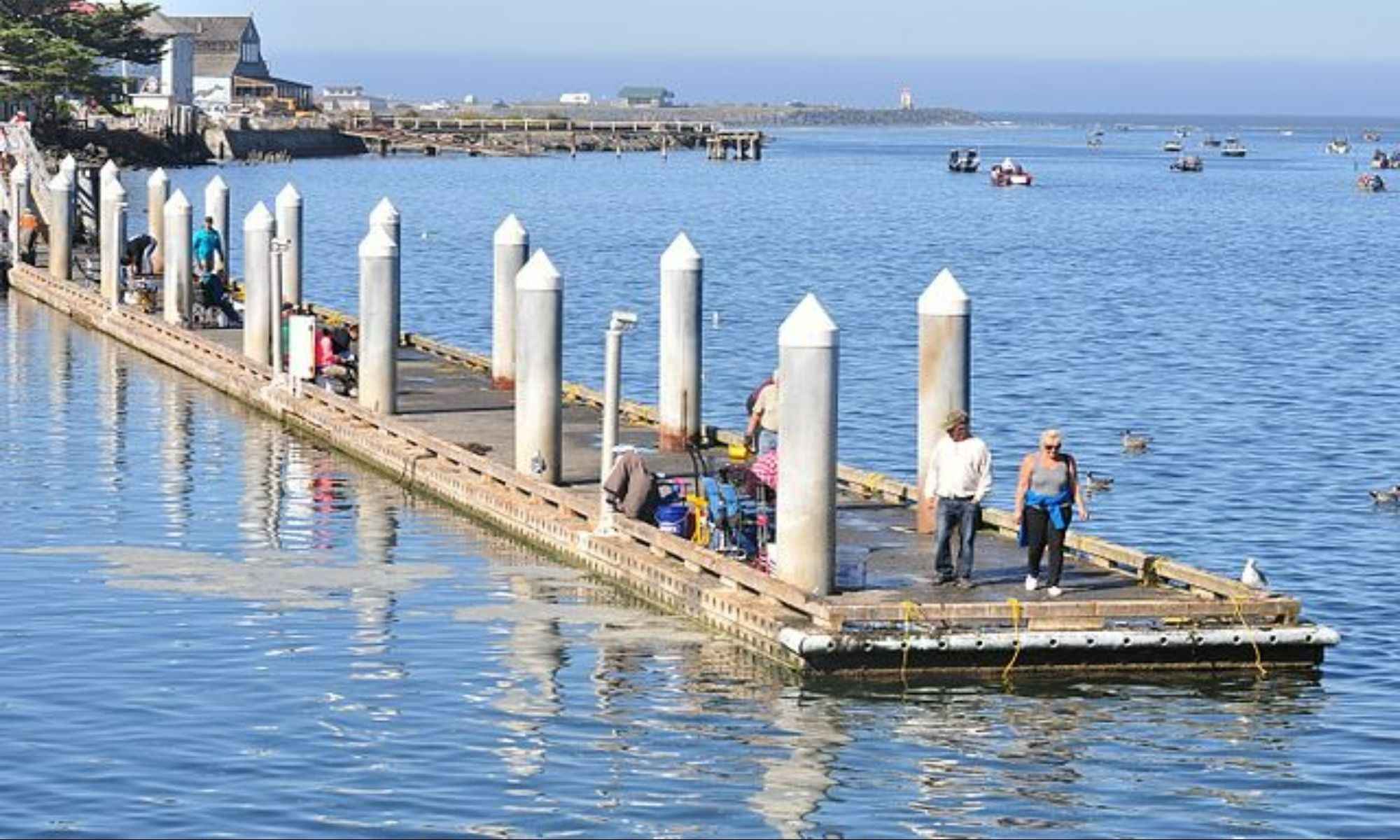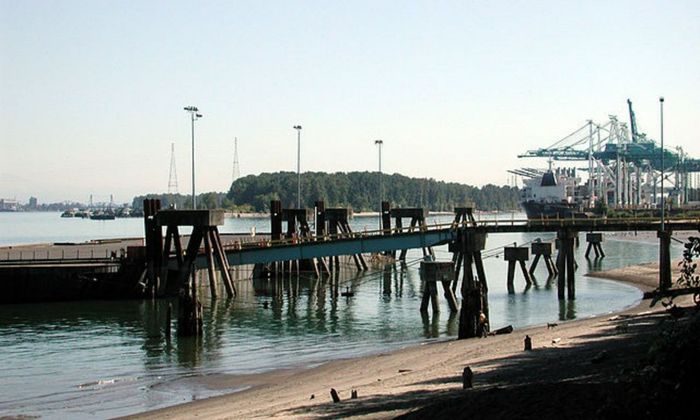The Most Abundant Salmon You Can Catch in Oregon
Oregon is a haven for those who love salmon. Read more to find out the top salmon species caught here.

A prime place to harvest the Pacific's abundance is Oregon, which has a 363-mile coastline. Every port experiences a constant flow of vessels arriving and departing in search of fish, shrimp, crabs, and other shellfish. While those who’ve gone on a mahi mahi guided trip at least once have claimed that the said fish is similar to salmon, there is still nothing like the real deal. And there’s plenty of that in Oregon.
The Oregon fishing business started with salmon, the state's most well-known species. Salmon fishing in the Columbia River was the first fishing done in Oregon. The Pacific Northwest is home to five different kinds of salmon: chinook, coho, chum, sockeye, and pink salmon because they are the most prevalent in Oregon.
Chinook Salmon
The majority of the chinook salmon's life is spent in the Pacific Ocean, and it spawns in freshwater streams. From around April through December, the bulk of mature chinook salmon reaches coastal rivers in Oregon. Certain populations could validly be referred to as summer or winter chinook. Such populations in Oregon rivers are often named either spring or fall chinook. For spring chinook, spawning typically takes place from August to early November, while for fall chinook, it usually happens from October to early March. After spawning, all adults pass away within two weeks.

Coho Salmon
The coho salmon spends some of its early years in the Pacific Ocean before migrating to freshwater streams to spawn. Fish that have reached maturity migrate into fresh water in the autumn and normally breed from November to February. After spawning, all adults pass away within two weeks. Although they may stay in the coldest rivers in their habitat for a further year or two, juveniles typically spend one summer and one winter in freshwater. Usually, one year after emerging, they go to the ocean in the spring as silvery smolts that are four to five inches long. As they mature during their second summer in the ocean, they are primarily found off the coasts of California and Oregon, to the south of their natal streams. Rarely are mature coho from Oregon caught north of the U.S. border. However, some males mature as 2-year-old "jacks" or "precocious males." Coho adults rarely weigh more than 15 pounds.
Chum Salmon
The chum salmon is born in freshwater streams and reared in the Pacific and Arctic oceans. The majority of the chum salmon's life is spent in the ocean. Adults often arrive in spawning streams ripe, immediately lay their eggs, and then pass away two weeks later. The majority of spawning runs are small distances. Juveniles migrate directly to estuary waters after emerging because they cannot tolerate extended exposure to fresh water. Chum salmon grow between 2 and 6 and can weigh over 40 pounds.
Where to Fish for Salmon in Oregon

Compared to salmon fishing in Algoma, WI, where the peak season for salmon is generally only from March through May, anglers in Oregon can fish salmon from April through June. There are many fishing opportunities in the United States Pacific Northwest. There are a few significant reasons fishing enthusiasts keep returning to this location. In Oregon, salmon can be fished for food in the Columbia River and the ocean. Salmon in the ocean are typically obtained by trolling. When a line with a baited hook or lure is slowly pulled across the water, it is said to be trolling. Different speeds are used when drawing lines through the ocean depending on the type of salmon targeted.
The Columbia River offers a small variety of commercial fishing. Encircling fish and then closing in on them, a huge net is used in purse seining. Salmon returning to spawn are caught using a straight net called gillnetting. At the top, corks keep the net from sinking. The net's holes are the right size for the target species, so salmon that swim into it are caught in them.
Want to take a city break along with your fishing trip? Go directly to Portland. It is situated directly where the Columbia and Willamette Rivers meet and offers a selection of charter boats. For those of you who prefer to fish while on foot, there is also Kelley Point Park. In large numbers, anglers from Oregon come to Astoria city for one main reason: to enjoy the thrill of fishing at Buoy 10. This region, which is close to the mouth of the Columbia River, is teeming with salmon, with a vast quantity of jumbo-sized chinooks on offer. Go right to Bonneville Dam if you want to catch some delicious spring chinook. It's safe to argue that Tillamook is the best coastal bay in Oregon for fishing salmon. This fishery is well-known for its abundance of chinook and steelhead, especially in the summer. If you're hoping for winter steelhead action, this river is the place to be but is sometimes disregarded in favor of the Beaver State's more extensive waterways. These fish can be found in the Clackamas River from Cross Park to Eagle Creek, and both hatchery-raised and wild species are available.
Both farm-raised and wild fisheries can produce salmon. One of the five species of salmon found in the wild is the Pacific salmon, whereas salmon bred on farms is an Atlantic salmon. The optimum time to purchase fresh wild-caught salmon is from June through September. Farmed salmon are hatched, reared, and harvested under controlled conditions and are readily accessible year-round. Nearly all year long, Oregon offers an unrivaled variety of Salmon species. When organizing your vacation, remember that Oregon's waters are enormous, whether you're fishing the rivers or the coastal bays. You can then pursue salmon and steelies to your heart's content by paying attention to their motions and asking your knowledgeable guide for guidance.

Choosing the right spot could get overwhelming, but no worries because fishing tours abound in Oregon. Aside from salmon, there are plenty of crappie fishing trips, which shows that Oregon has plenty to offer.




